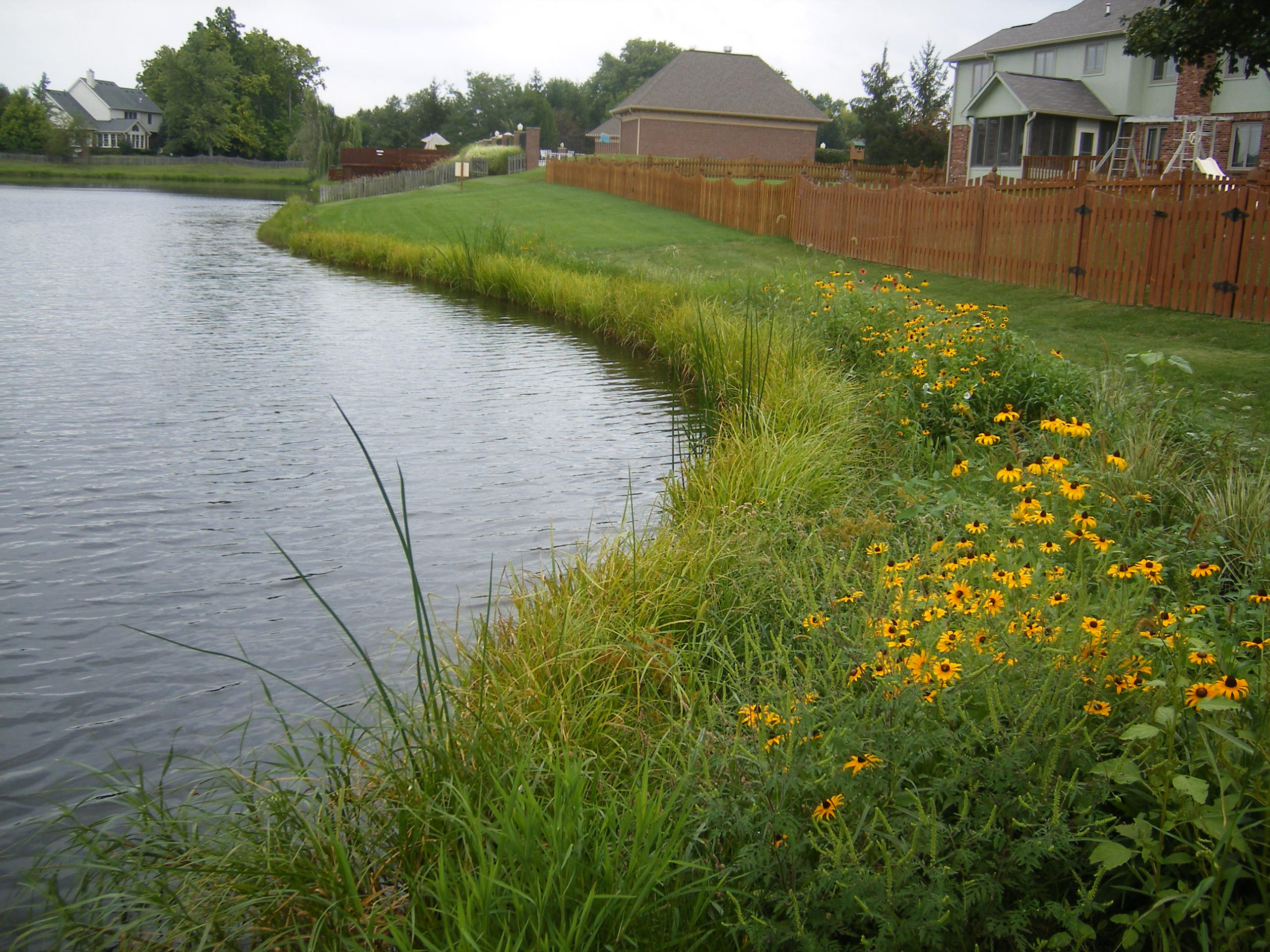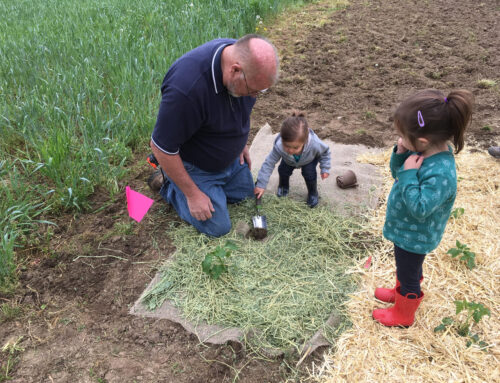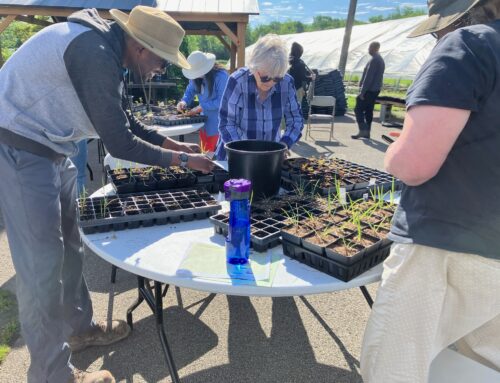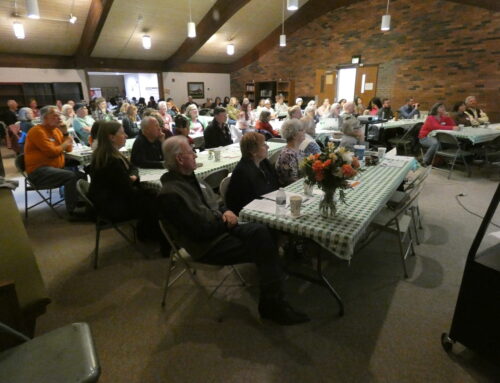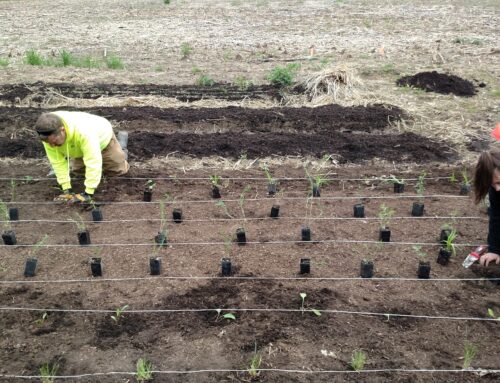Our office often receives questions from landowners regarding problems with ponds. Marion County has many ponds; many were constructed for retention during the construction of new developments. The maintenance of these retention ponds then becomes the responsibility of the landowners or the Home Owner Association.
Most of the calls we receive are related to 5 general issues:
- Erosion
- Excessive pond weeds & algae
- Nuisance Wildlife
- Poor fish populations
- Fish Kills
These issues are related and should be addressed together in a pond management plan.
Erosion – When banks are steep and vegetation is poor, erosion around a pond is unsightly, can be a safety hazard, decreases the water quality, and covers fish nests. Where possible, pull the banks back to 4:1 slope to make them more stable. Buffers of native plants around the pond can be very helpful in protecting the soil as native plants have strong, deep root systems. Occasionally a pond may need to have accumulated sediment removed. This should be budgeted for along with other pond maintenance expenses.
Excessive pond weeds and algae – a healthy pond has vegetation including phytoplankton, but often pond weeds and algae take over large areas of a pond and cause problems. Minimizing the amount of nutrients entering a pond can help prevent this problem. Eliminating fertilizer use around the pond, using a wide filter strip area of native plants around the pond, and reducing the amount of contaminated runoff coming from storm drains can address this problem. Throughout the neighborhood, encourage soil testing before treating lawns with chemicals and create bioswales and rain gardens to filter and decrease the amount of runoff entering the storm drains.
Treating a weed or algae problem with chemicals may be necessary in some situations. Be sure to follow the label directions carefully. In ponds with excessive vegetation, you will need to treat the pond in smaller sections over a longer period of time to prevent fish kills.
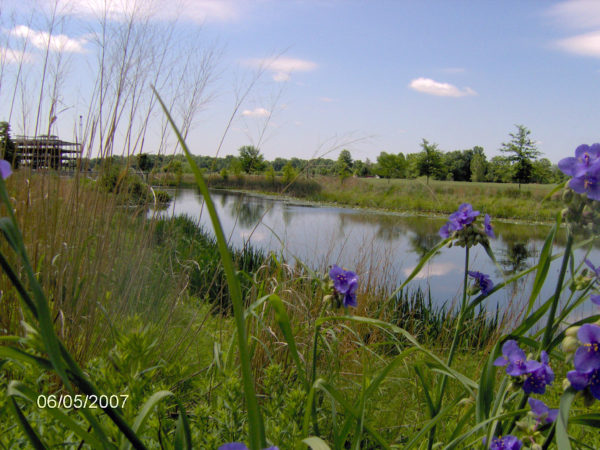
Canada geese, muskrats, and beaver can cause damage to property owners with ponds and streams. Buffer strips of tall native plants will discourage geese from hanging out around your pond. Muskrats and beavers can be trapped.
HERE is the IDNR website for controlling nuisance geese, including seeding recommendations for buffer strips.
HERE is the link to IDNR’s recommendations for muskrats.
HERE is a link for Nuisance Wild Animal Control Operators:
Creating a healthy pond is the first step if you wish to manage your pond for fishing. Then you will want to evaluate your fish population to determine why your pond is not producing the quality of fish you want. You may have the wrong kinds of fish, the wrong size of fish, or the wrong number of fish. Correcting these will allow you to maintain a healthy balance so your fish can grow at a healthy, rapid rate.
Here are links for pond management & fish stocking:
https://www.in.gov/dnr/fishwild/files/fishmgt.pdf
www.extension.purdue.edu/pondwildlife/
Occasionally we will get calls complaining about fish kills in a pond. The most common reason for fish kills in our ponds is suffocation. A decrease in water oxygen can happen in the winter or summer and is related to aquatic vegetation not producing enough oxygen or the decomposing of vegetation. Fish kills, in general, can be best prevented by properly controlling nutrient inputs and the overabundance of aquatic vegetation. Aeration can help in controlling algae and providing oxygen for fish.
A bubbler on the bottom is best because it is more efficient than a fountain but should be placed at least 2 feet off the bottom, so it doesn’t stir up organic materials. It needs to move water deep (some fountains are shallow only and don’t help much).
For more information, take an online pond management workshop provided by Purdue University:
https://www.youtube.com/watch?v=V72T5lYlWH4


